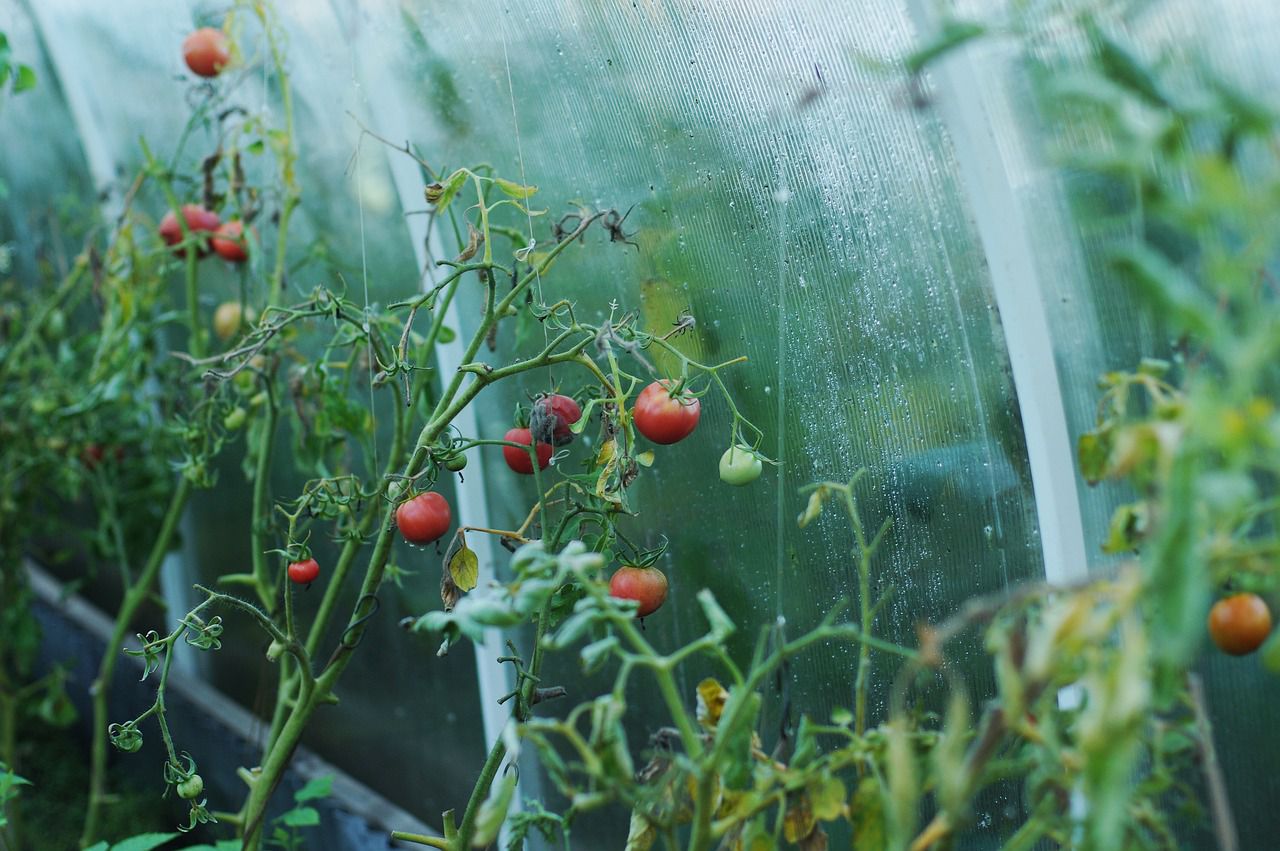How watering plants in a greenhouse differs from regular watering: Don't destroy your crops
A greenhouse creates completely different conditions for your plants, so you need to take care of them differently.
One of the things you need to do differently is watering, or you can only damage your plants.
Here are a few examples.
Controlled watering
Greenhouses provide controlled environments where factors like temperature, humidity, and light can be regulated.
Similarly, watering in a greenhouse is carefully managed to maintain optimal moisture levels for plants.

It involves precise control over the amount and frequency of watering to avoid overwatering or underwatering.
Watering system
Greenhouses often utilize specialized watering systems such as drip irrigation or misting systems.
These systems deliver water directly to the plant roots or create a fine mist that humidifies the air.
Such systems ensure efficient water distribution and minimize water waste.
Moisture retention
Greenhouses are designed to retain moisture more effectively than outdoor environments.
The enclosed structure helps to trap humidity, reducing the rate of evaporation and water loss.
This means that watering in a greenhouse may require less frequent intervals compared to watering plants grown outdoors.
Adequate drainage
While moisture retention is important, excess water must also be drained effectively to prevent waterlogging and root rot.
Greenhouses typically have proper drainage systems in place, such as sloped floors or drainage pipes, to remove excess water and maintain a balanced soil moisture level.
